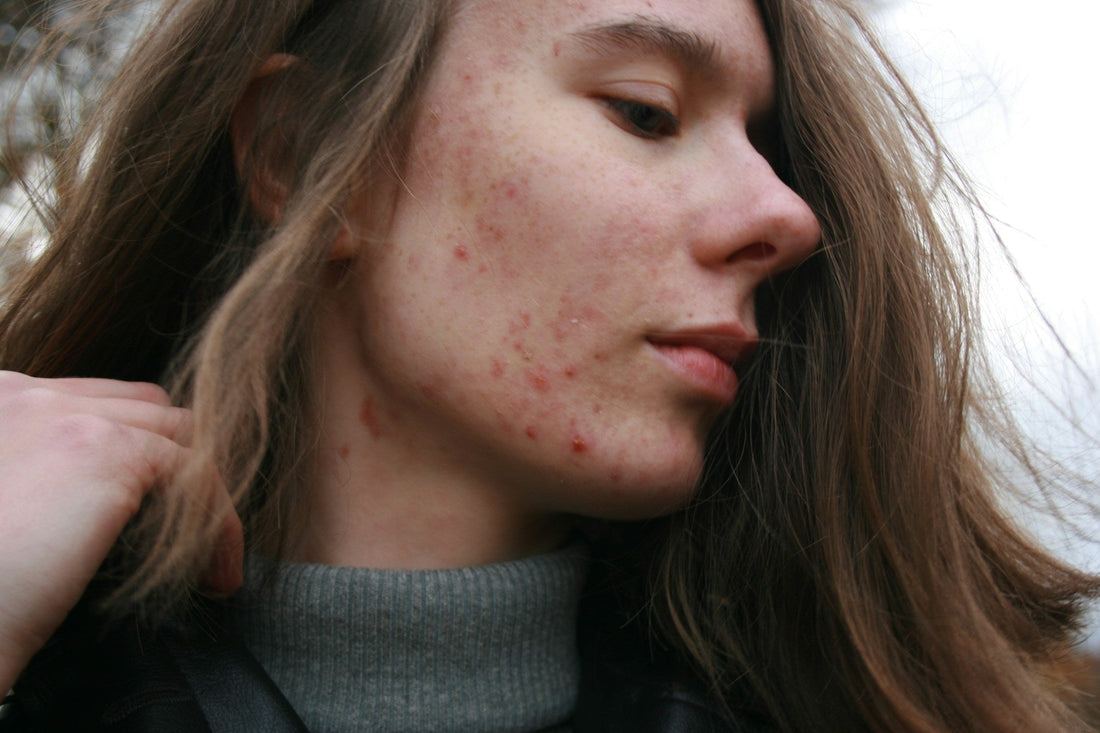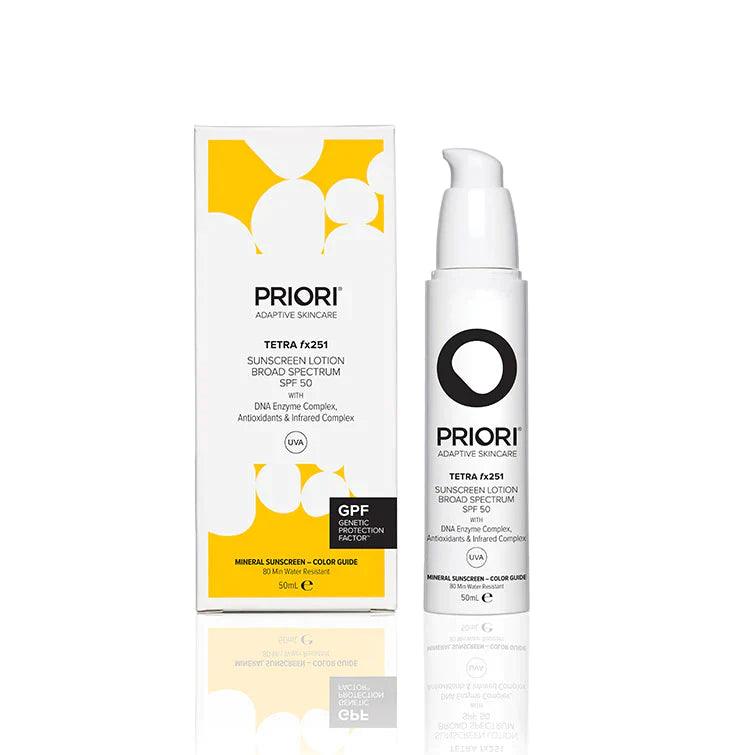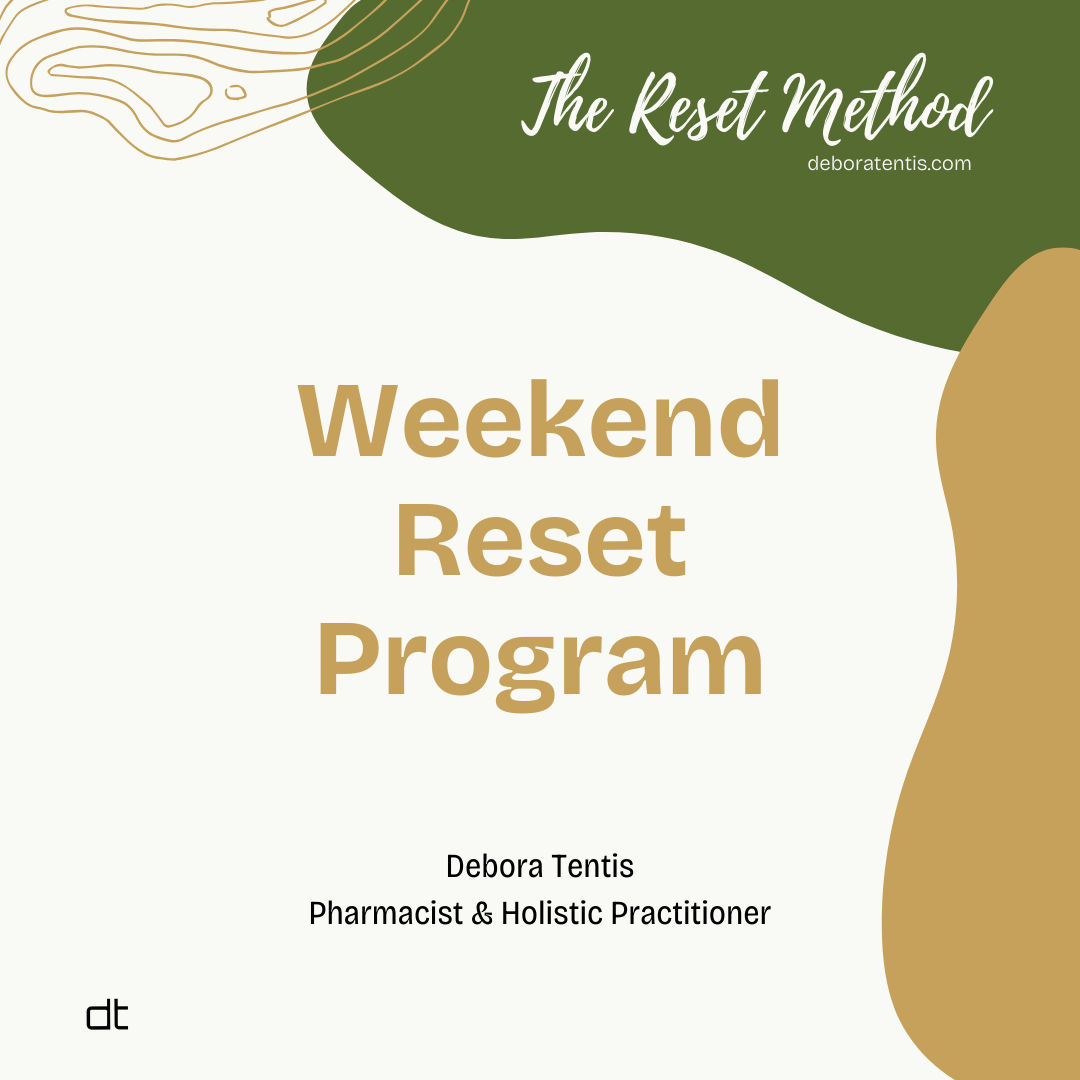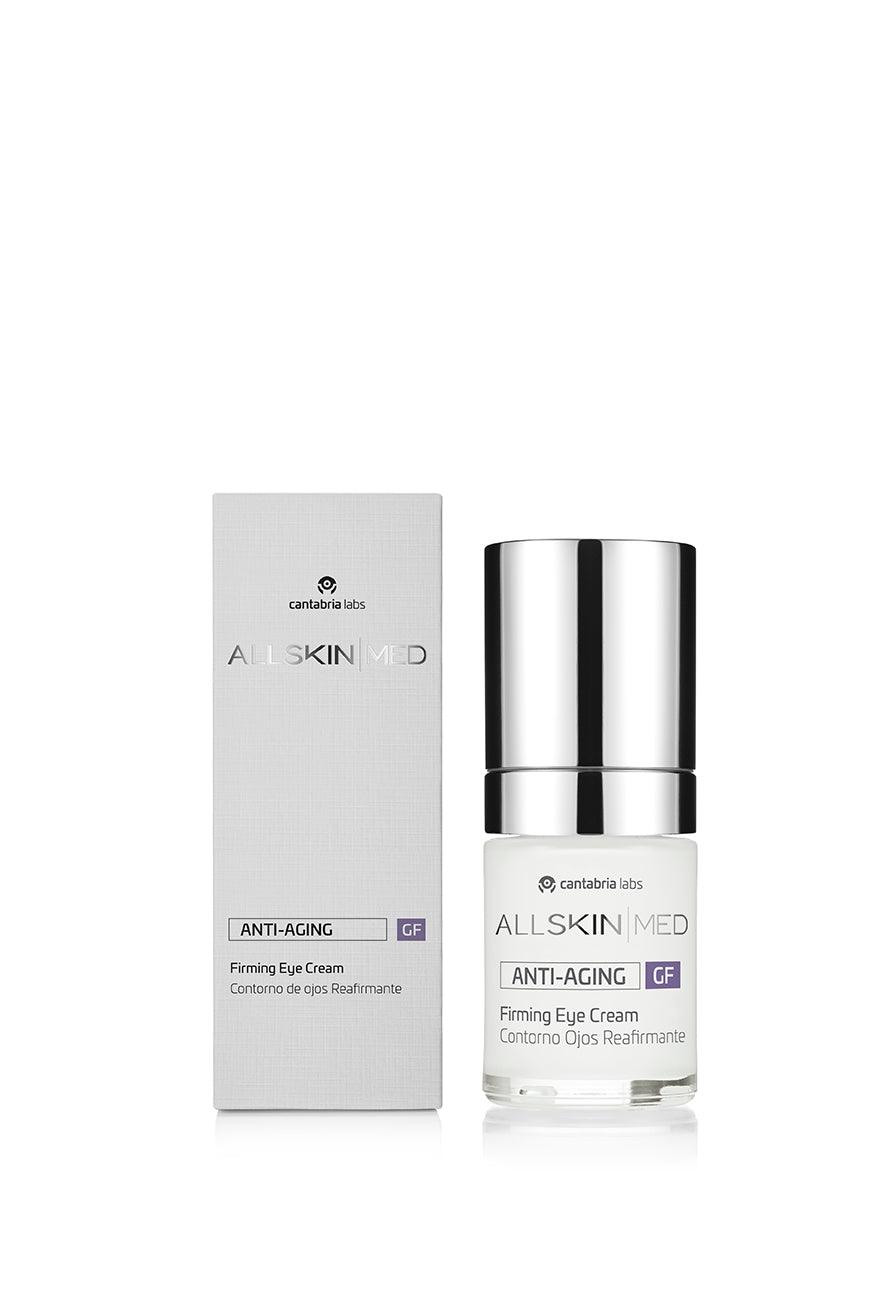Acne & the Skin–Gut–Mind Connection: The Hidden Links That Could Transform Your Skin

Acne affects over 85% of people at some point in their lives, but for many, it’s a chronic, stubborn condition that persists into adulthood.
Most acne treatments, from topical creams to prescription medication, focus on controlling oil, bacteria, and inflammation on the skin’s surface.
Yet, mounting research shows acne is often a reflection of internal imbalances, especially within the gut microbiome, hormonal system, and nervous system.
This is where the skin–gut–mind axis becomes critical.
When the digestive system is inflamed, nutrient absorption is impaired, or stress hormones run high, the skin becomes more prone to breakouts, scarring, and slow healing.
This blog will explore:
- How gut health influences acne.
- Why hormonal fluctuations and stress make breakouts worse.
- The nutrient gaps that block skin repair.
- The Restora Method’s holistic, root-cause approach to clearer skin.

Photo by Barbara Krysztofiak on Unsplash
1: The Many Faces of Acne
1.1 Types of Acne
- Comedonal acne: blackheads and whiteheads from clogged pores.
- Inflammatory acne: red papules and pustules.
- Nodulocystic acne: deep, painful lumps that risk scarring.
- Fungal acne (Malassezia folliculitis): often mistaken for bacterial acne, linked to yeast overgrowth.
1.2 Why It’s Not Just About Oil and Bacteria
Traditionally, acne has been blamed on excess sebum, dead skin cell buildup, and Cutibacterium acnes bacteria.
However, these factors are outcomes, not always root causes. Internal inflammation and immune dysfunction often prime the skin for these surface-level changes.
2: Gut Health & Acne
2.1 Dysbiosis and Inflammation
A balanced gut microbiome protects against systemic inflammation. Dysbiosis increases lipopolysaccharides (LPS) in the bloodstream, which heighten inflammatory responses in sebaceous glands.
Key research: A 2018 review in Frontiers in Microbiology found clear links between gut microbial diversity and reduced acne severity.
2.2 Leaky Gut and Immune Overdrive
A compromised gut lining allows food particles and toxins into circulation. The immune system responds aggressively, leading to skin inflammation and worsening acne.
Overlooked trigger: Hidden food intolerances, especially dairy and high-glycaemic carbs, can perpetuate gut inflammation and worsen breakouts.
3: Hormones & Acne
3.1 Insulin Resistance and Androgens
High-sugar diets raise insulin, which boosts androgen hormones. These increase oil production and skin cell growth, clogging pores.
Evidence: A low-glycaemic diet has been shown to significantly reduce acne lesion count within 10–12 weeks.
3.2 Cortisol & Stress Flare-Ups
Stress triggers adrenal hormones that stimulate sebaceous glands. Cortisol also disrupts gut barrier integrity, amplifying both gut and skin inflammation.
Unique angle: Chronic stress doesn’t just cause more breakouts, it slows healing, meaning blemishes linger longer and scar more easily.
4: The Mind–Skin Link
4.1 Psychological Stress & Picking Behaviour
Many acne sufferers fall into cycles of skin picking during stress or anxiety, which increases inflammation, scarring, and infection risk.
4.2 Social Impact of Acne
Studies show adults with acne have higher rates of depression and social withdrawal. Addressing skin without supporting mental wellbeing leaves part of the healing puzzle missing.
5: Nutrient Deficiencies & Acne
- Zinc: Anti-inflammatory and antibacterial; low levels delay healing.
- Vitamin A: Regulates cell turnover; deficiency leads to clogged pores.
- Vitamin D: Modulates immunity; deficiency linked to more severe acne.
- Omega-3s: Anti-inflammatory fats; low levels increase redness and swelling.
- Selenium: Works with antioxidants to reduce oxidative stress in skin.
6: The Restora Method for Acne
6.1 Gut Reset
- Personalised elimination and reintroduction of potential triggers.
- Targeted probiotics to balance Cutibacterium acnes-associated gut strains.
6.2 Hormone Balance
- Blood sugar stabilisation strategies: protein-rich breakfasts, low-GI meals.
- Liver-supportive foods to help metabolise excess hormones.
6.3 Mind Support
- Mindfulness or guided breathwork to lower cortisol.
- Structured support to break skin-picking habits.
6.4 Nutrient Repletion
- Functional testing to identify deficiencies.
- Food-first strategies with targeted supplementation.
7: Case Study
Client: 28-year-old female, hormonal jawline acne, digestive bloating, irregular cycles.
Findings: Elevated androgens, low vitamin D and zinc, moderate SIBO.
Plan:
- SIBO treatment and gut repair.
- Blood sugar balancing diet.
- Supplementation with zinc and vitamin D.
- Mindfulness routine before bed.
Outcome: 80% reduction in inflammatory lesions after 10 weeks, improved digestion, and restored confidence.
Acne is a multi-factor condition that can’t be fully addressed with skincare alone.
By addressing gut health, hormonal balance, and mental resilience, you can create the internal environment where clear skin is possible — and sustainable.
If you’re ready to explore your acne triggers through the lens of the skin–gut–mind connection, book a consultation with Restora Clinic to begin your personalised healing plan.





